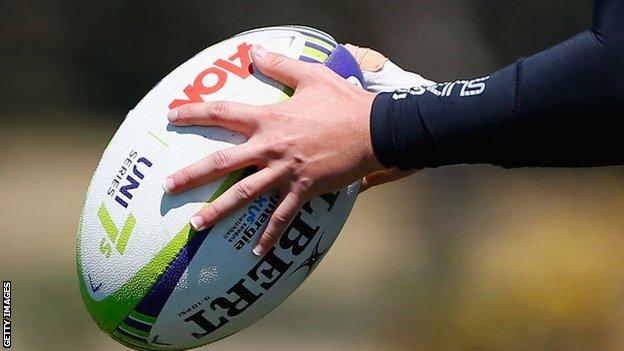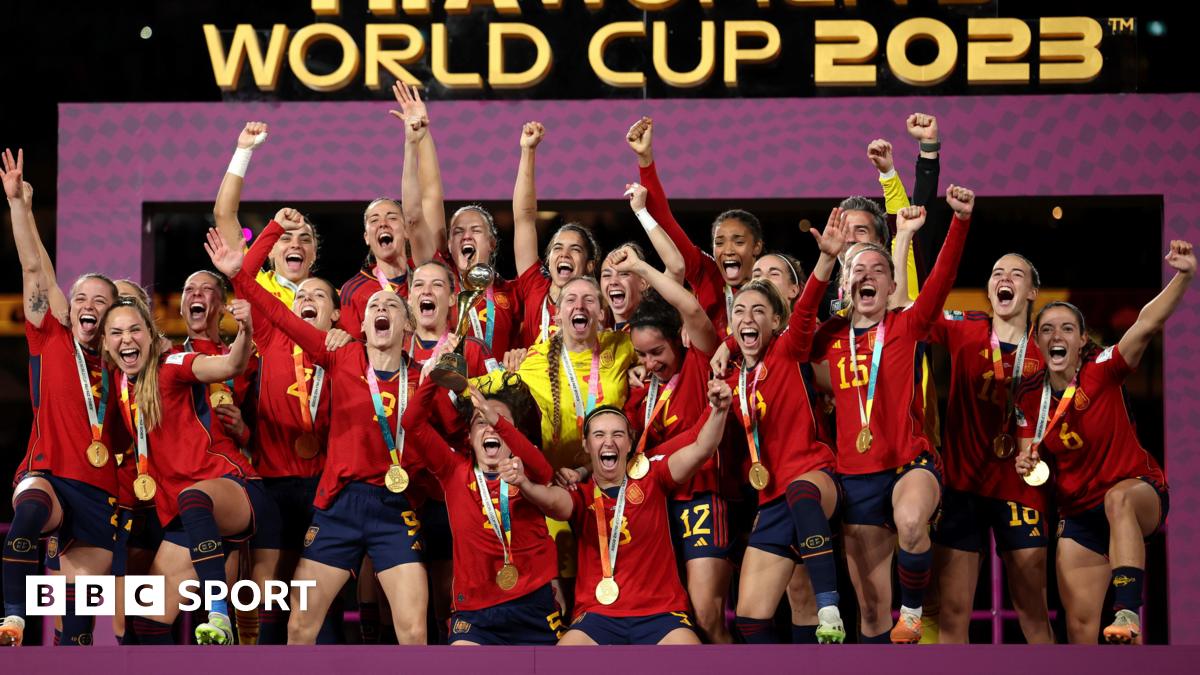ARTICLE AD BOX

Transgender inclusion in sport could be improved by adding 'open' and 'universal' categories to male and female ones, new guidance says.
A wide-ranging review of transgender inclusion in non-elite sport in the UK has concluded the current policies are not fit for purpose and require a reset.
The Sports Councils Equality Group (SCEG) said "for many sports, the inclusion of transgender people, fairness and safety cannot co-exist in a single competitive model".
The guidance covers community sport up to national level - not international, professional or elite sport.
It says the governing bodies for each sport should work out their priorities, and choose whether they will focus on inclusion or "competitive fairness" - and safety if relevant - within the current format of their sport.
So for example, contact, collision and combat sports which choose to prioritise safety - or sports based on strength, stamina or physique which choose to prioritise "competitive fairness" - could create extra "universal admission" categories for transgender athletes.
The new guidance has been developed by Sport England, Sport Scotland, Sport Northern Ireland, Sport Wales and UK Sport after an 18-month consultation and review of the existing research.
It concludes "testosterone suppression is unlikely to guarantee fairness between transgender women and natal females in gender-affected sports" and there are "retained differences in strength, stamina and physique between the average woman compared with the average transgender woman or non-binary person assigned male at birth".
"In order to survive and thrive in the future, sport must adapt to reflect modern society, and that often, it is too slow to do so," the guidance says.
It states that if sports choose to continue categorising participants within male and female, they are encouraged to consider creating additional versions of their sports, including "universal admission" or open categories.
Governing bodies are encouraged to "think in innovative and creative ways to ensure nobody is left out".
There are 10 guiding principles for the "reimagining" of transgender inclusion policies.
One of those relates specifically to testosterone suppression, which has been used as a way of including transgender women in women's sport.
The International Olympic Committee (IOC), for example, issued guidance in 2015 stating transgender women must suppress testosterone levels for at least 12 months before competition.
Updated guidance from the IOC was recently delayed, though its medical and science director, Dr Richard Budgett, said in July that the science has "moved on" from 2015.
The SCEG said: "Our work exploring the latest research, evidence and studies made clear that there are retained differences in strength, stamina and physique between the average woman compared with the average transgender woman or non-binary person assigned male at birth, with or without testosterone suppression."
In the Tokyo 2020 Olympics this summer, transgender athlete Laurel Hubbard made Games history by competing in the women's +87kg weightlifting.
Hubbard became the first openly transgender athlete to compete at a Games in a different gender category to the one in which they were born.
In October last year, World Rugby became the first international sports federation to say transgender women cannot compete at the elite and international level of the women's game "on safety grounds".
The review has been described by those in charge of the sports councils as a "challenging and emotive piece of work", consisting of an independent consultation including interviews and surveys, involving respondents from 54 sports and 175 organisations.
A foreword written by the chief executives of the sports councils says: "We want this guidance to open up, rather than close down opportunities for everyone, recognising that many other people already feel excluded from sport and physical activity.
"While our consultation found that there was widespread support for ensuring that sport was a welcoming place for everyone in society, including for transgender people, it also highlighted that there were concerns relating to safety and fairness in relation to transgender inclusion, particularly in female sport, and that there was no consensus on a single solution as to how this should be addressed."
What else did the report say?
Here are some further key points from the review and guidance:
- There is no one solution to suit everyone. The guidance recognises there needs to be different solutions for different sports, so it is about acknowledging the needs of different groups.
- For many sports, the inclusion of transgender people, fairness and safety cannot co-exist in a single competitive model.
- If a sport governing body considers transgender inclusion, fairness, and safety are all priorities, then a model for decision-making around the best options and opportunities should be developed.
- Evidence indicates it is fair and safe for transgender people to be included within the male category in most sports.
- Competitive fairness cannot be reconciled with self-identification into the female category in gender-affected sport.
- There are likely to be times in which some transgender people cannot or choose not to be registered, either in the short or long-term, within sex binary categories..
- 'Case-by-case' assessment is unlikely to be practical nor verifiable for entry into gender-affected sports.
- Some governing bodies will need to create a mechanism where domestic competition can lead to an international competition pathway.

- You're Fired Down Under! The Apprentice Australia is streaming now
- The Last Mountain: Stream the story of mother and son who made the same unforgiving journey 25 years apart


 3 years ago
100
3 years ago
100








 English (US) ·
English (US) ·